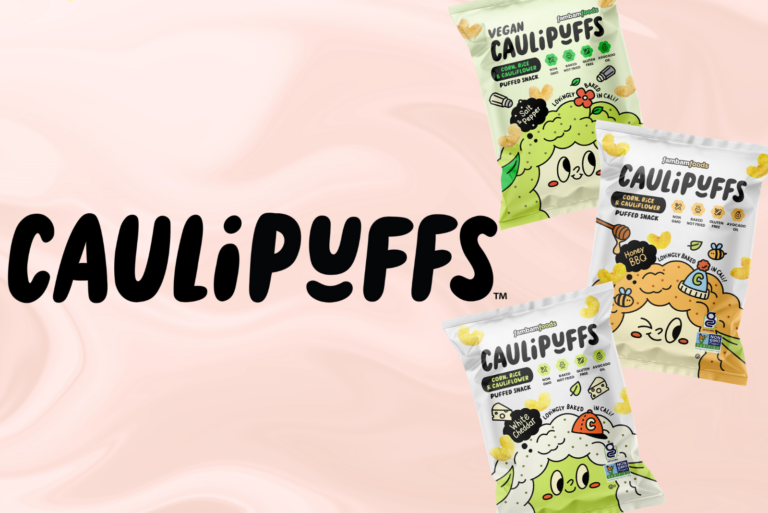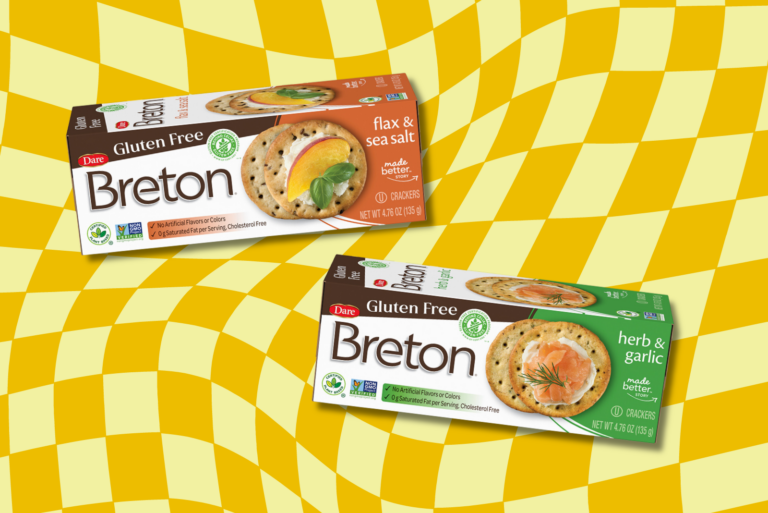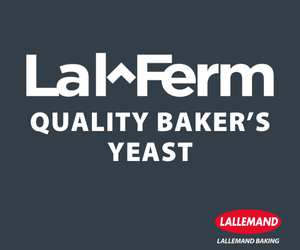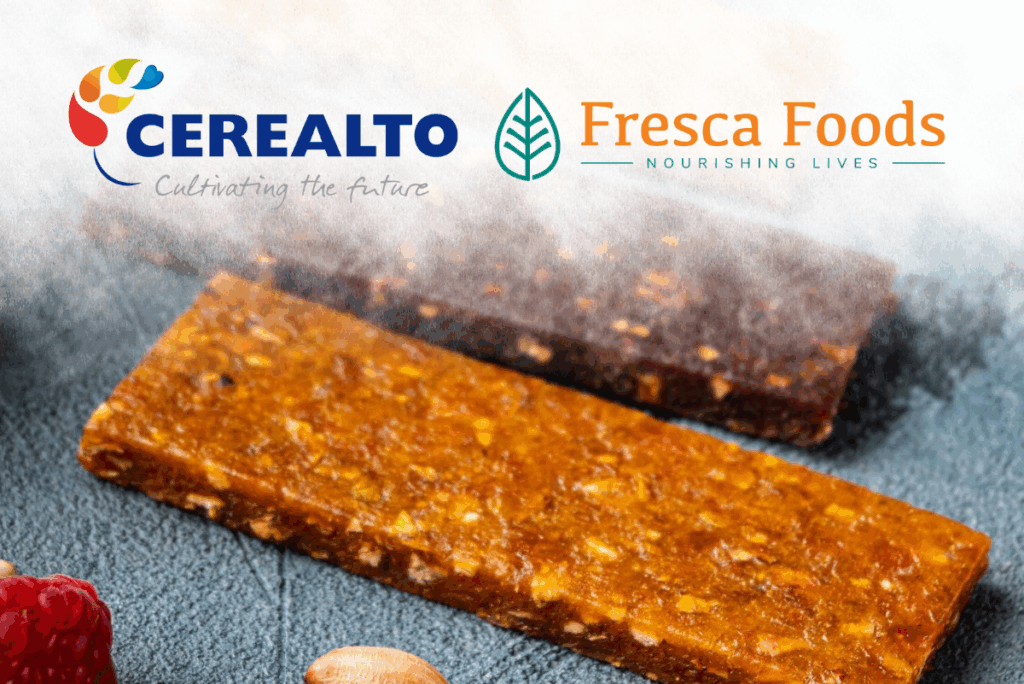KANSAS CITY, MO — The year was 2015. Photos of avocado toast had taken over Instagram feeds. Poke bowls were having a moment. Interest in burrata had skyrocketed. Cold brew became cool. And “going gluten-free” seemed to be the diet craze du jour.
Fast-forward 10 years. Dine at a California Pizza Kitchen, and consumers can order their pie with a gluten-free crust baked in a dedicated gluten-free oven. Walk into any large grocery store, and there’s a good chance it has an entire aisle devoted to gluten-free products. While some trends have lost their initial luster, eating gluten-free has not only proven it’s more than a passing fad; it’s also become widely accepted as a dietary necessity for some as well as a standard part of the broader health-and-wellness landscape.
By the numbers
It’s a category that’s booming, with MarketsandMarkets Research projecting sales of global gluten-free products to reach $11.48 billion by 2029.
Approximately 1% of Americans have celiac disease, according to the National Institutes of Health. But even though only 1 in 133 US consumers has a celiac diagnosis, there is a growing category of consumers who opt to eat gluten-free either all of the time or some of the time as part of a holistic approach to health.
“We don’t look at [gluten-free] as an emerging trend anymore,” said Matt Schueller, director of marketing insights and analytics at Ardent Mills. “It’s really become a mainstream dietary choice or behavior.”









